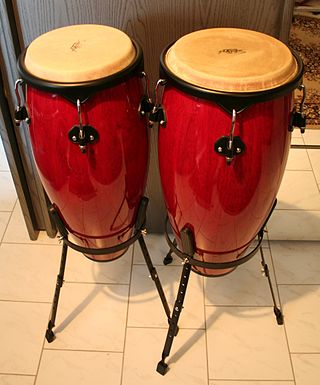
Salsa music is a style of Latin American music, combining elements of Cuban, Puerto Rican, and American influences. Because most of the basic musical components predate the labeling of salsa, there have been many controversies regarding its origin. Most songs considered as salsa are primarily based on son montuno and son cubano, with elements of guaracha, cha-cha-chá, danzón, descarga, bolero, guajira, rumba, mambo, jazz, funk, R&B, rock, bomba, and plena. All of these elements are adapted to fit the basic Son montuno template when performed within the context of salsa.
Son montuno is a subgenre of son cubano developed by Arsenio Rodríguez in the 1940s. Although son montuno had previously referred to the sones played in the mountains of eastern Cuba, Arsenio repurposed the term to denote a highly sophisticated approach to the genre in which the montuno section contained complex horn arrangements. He also incorporated piano solos and often subverted the structure of songs by starting with the montuno in a cyclic fashion. For his approach, Arsenio had to expand the existing septeto ensemble into the conjunto format which became the norm in the 1940s alongside big bands. Arsenio's developments eventually served as the template for the development of genres such as salsa, songo and timba.
Changüí is a style of Cuban music which originated in the early 19th century in the eastern region of Guantánamo Province, specifically Baracoa. It arose in the sugar cane refineries and in the rural communities populated by slaves. Changüí combines the structure and elements of Spain's canción and the Spanish guitar with African rhythms and percussion instruments of Bantu origin. Changüí is considered a predecessor of son montuno, which has enjoyed tremendous popularity in Cuba throughout the 20th century.
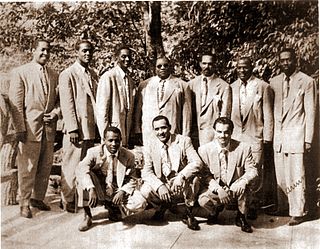
Arsenio Rodríguez was a Cuban musician, composer and bandleader. He played the tres, as well as the tumbadora, and he specialized in son, rumba and other Afro-Cuban music styles. In the 1940s and 1950s Rodríguez established the conjunto format and contributed to the development of the son montuno, the basic template of modern-day salsa. He claimed to be the true creator of the mambo and was an important as well as a prolific composer who wrote nearly two hundred songs.
A Postal Index Number refers to a six-digit code in the Indian postal code system used by India Post. On 15 August 2022, the PIN system celebrated its 50th anniversary.

Los Van Van is one of the leading musical groups of post-revolutionary Cuba. It was founded in 1969 by bassist Juan Formell, who directed the band until his death in 2014. Formell and former band members Changuito and Pupy are some of the most important figures in contemporary Cuban music, having contributed to the development of songo and timba, two popular dance music genres.
Mozambique refers to two separate styles of music.
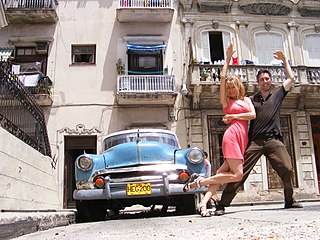
Timba is a Cuban genre of music based on Cuban son with salsa, American Funk/R&B and the strong influence of Afro-Cuban folkloric music. Timba rhythm sections differ from their salsa counterparts, because timba emphasizes the bass drum, which is not used in salsa bands. Timba and salsa use the same tempo range and they both use the standard conga marcha. Almost all timba bands have a trap drummer. Timbas also often break the basic tenets of arranging the music in-clave. Timba is considered to be a highly aggressive type of music, with rhythm and "swing" taking precedence over melody and lyricism. Associated with timba is a radically sexual and provocative dance style known as despelote. It is a dynamic evolution of salsa, full of improvisation and Afro Cuban heritage, based on son, Rumba and mambo, taking inspiration from Latin jazz, and is highly percussive with complex sections. Timba is more flexible than salsa and includes a more diverse range of styles. Timba incorporates heavy percussion and rhythms which originally came from the barrios of Cuba.
Songo is a genre of popular Cuban music, created by the group Los Van Van in the early 1970s. Songo incorporated rhythmic elements from folkloric rumba into popular dance music, and was a significant departure from the son montuno/mambo-based structure which had dominated popular music in Cuba since the 1940s. Blas Egües was the first drummer in Los Van Van, but it was the band's second drummer, José Luis Quintana "Changuito", who developed songo into the world-wide phenomenon it is today.
NG La Banda is a Cuban musical group founded by flutist José Luis "El Tosco" Cortés. NG stands for nueva generación. NG La Banda are the creators of timba, the most important popular dance and music genre of the past two decades. Prior to founding NG La Banda, Cortés played in the Afro-Cuban jazz-fusion supergroup Irakere, and the seminal songo band Los Van Van.
Yurumanguí is an extinct language that was spoken along the Yurumanguí River of Colombia. It is known only through a short list of words and phrases recorded by Father Christoval Romero and given by him to Captain Sebastián Lanchas de Estrada, who included them in the report of his travels of 1768. Thereafter the language and its speakers disappear from the historical record.
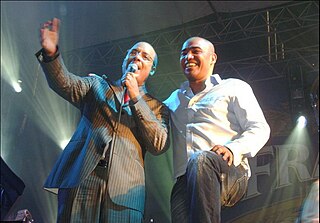
Issac Delgado is one of the founders of the band NG La Banda and is a popular salsa and timba performer.
In music of Afro-Cuban origin, tumbao is the basic rhythm played on the bass. In North America, the basic conga drum pattern used in popular music is also called tumbao. In the contemporary form of Cuban popular dance music known as timba, piano guajeos are known as tumbaos.
Timba is a small unincorporated town in Stanislaus County, California, United States, about 1 mile (1.6 km) north of Newman. Timba is located at 37°20′34″N121°01′52″W.
La Charanga Habanera is a timba ensemble from Havana directed by David Calzado. The band has been nominated for awards including the Latin Grammy in 2003 for the album Live in the U.S.A. In 2005 Charanga Habanera was nominated for "Orgullosamente Latino" awards in three categories: best video, best album, and best group. Furthermore, the group has won numerous awards from Cubadiscos and Lucas.
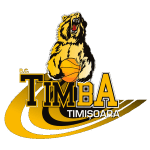
BC Timba Timişoara was a professional basketball club, based in Timișoara, Romania. The club competed in the Liga Națională and Liga I until it was dissolved in the summer of 2018.
Timba Timba Island is an island located near Semporna in Sabah, Malaysia.

Byadarahalli is a village in the Mandya district of Karnataka, India.
Timba is a village and former petty princely state in Gujarat, western India.
The 2017–18 Liga Națională season was the 68th season of the Liga Națională, the highest professional basketball league in Romania. U-BT Cluj-Napoca were the defending champion.








